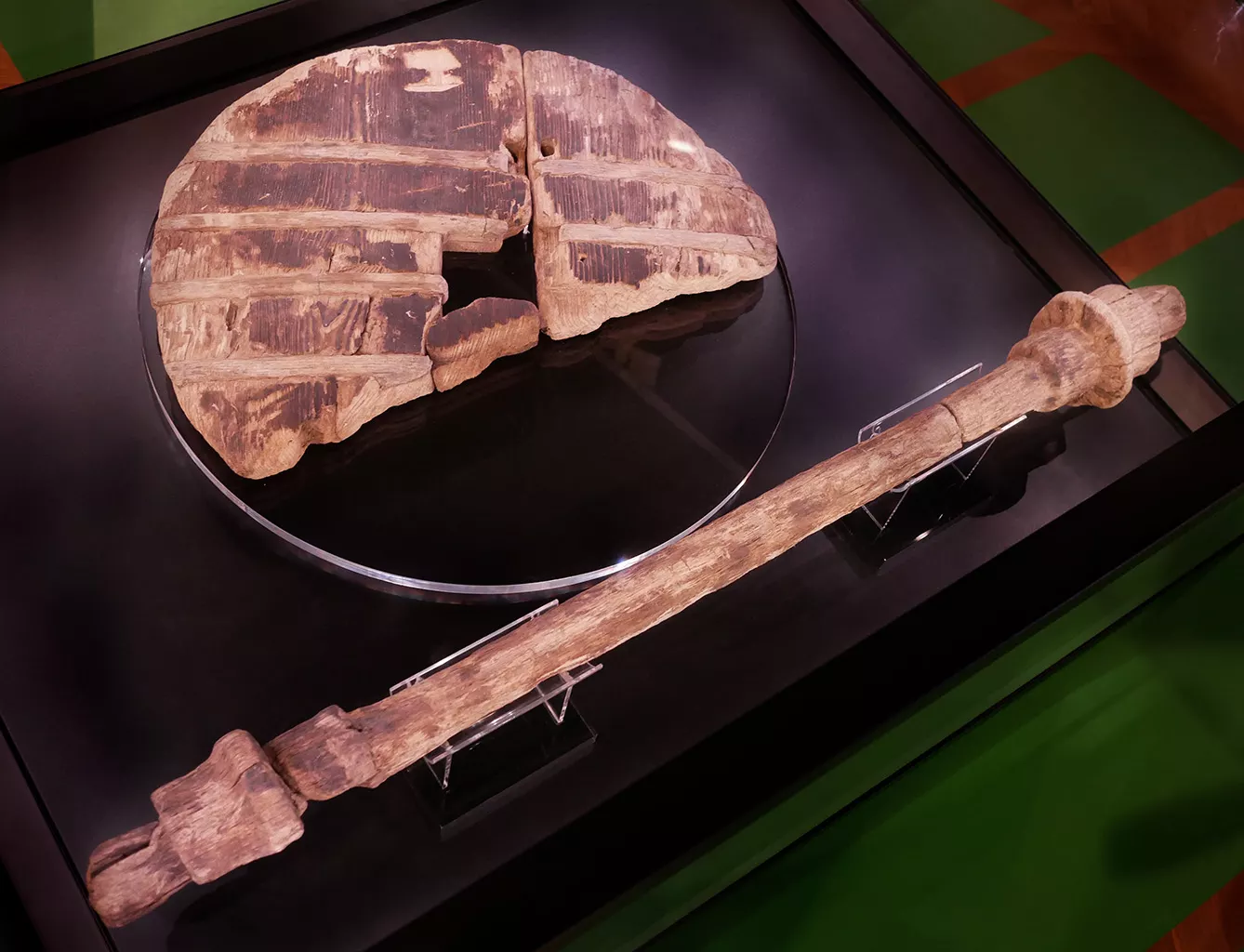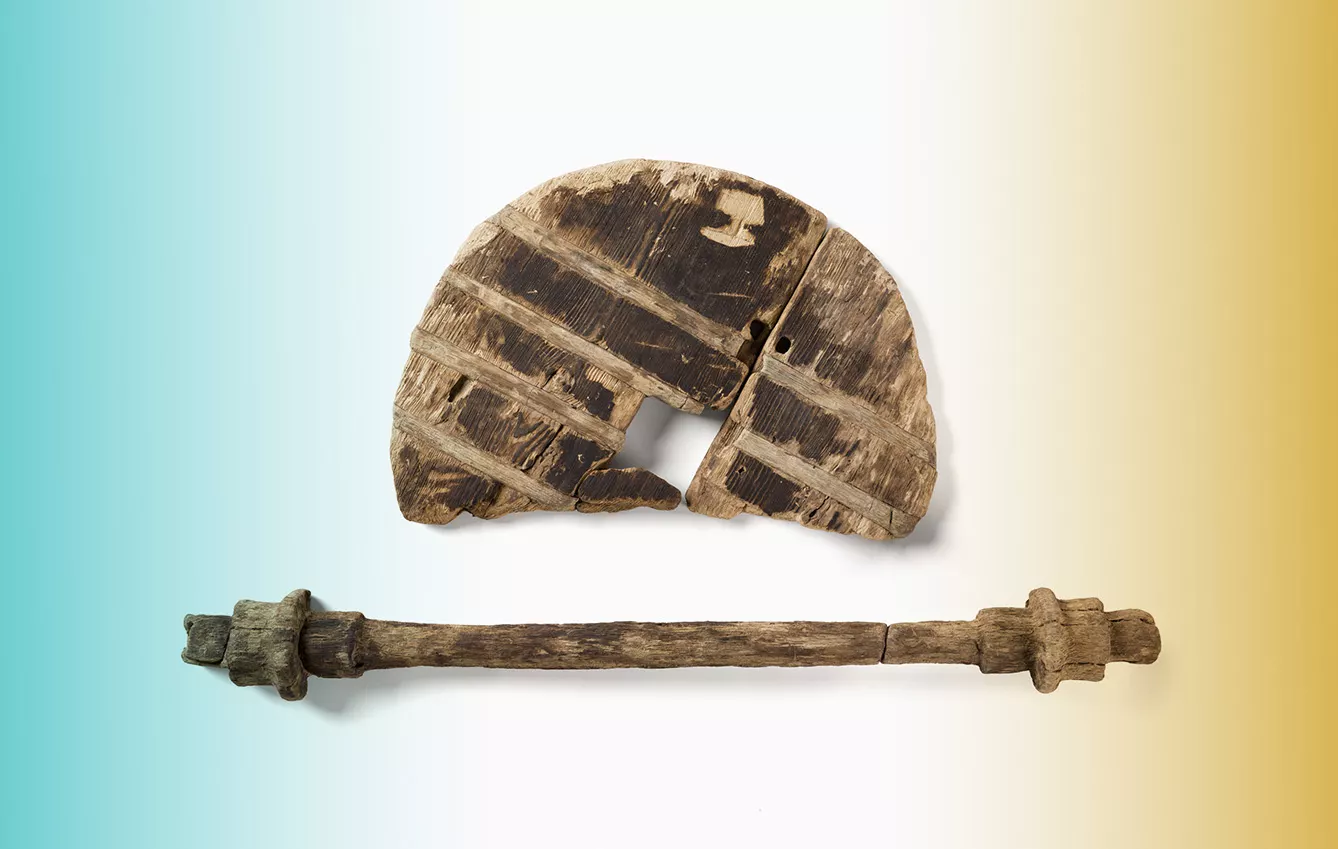Hollow inside, rotating on a bearing, and connected to a solid axis, this first known specimen is very far from the first wheels that made the ancient commerce go round. The wheel would allow large-scale transport, aid in the development of animal husbandry, and just make history go around faster and faster.
Ljubljana marshes: a lively neighborhood
Who created the first wheel, though? The answer, as happens often enough, was found in a marsh. More specifically, a marsh in Slovenia, some 20 kilometers from its capital Ljubljana – hence the name: the Ljubljana Marshes Wheel. Although not necessarily the most hospitable location today, the Ljubljana Marshes were actually quite lively five thousand years ago.


They were inhabited by pile-dwellers, neolithic people highly skilled in building houses on wooden piles above the wet ground. Such a lifestyle was especially popular around the Alps. Over a thousand piles have been found in the bed of the Iška River near Ig. People were living here as early as 9 thousand years ago, and farming began some 6 thousand years ago. Maybe with it came the pushcart – a necessary tool in moving crops around and establishing trade routes.
So, here’s the wheel. Though the settlement has been a UNESCO World Heritage Site since 2011, the wheel, its most notable object, was found in 2002. It’s 70 centimeters wide and made of solid ash wood, with two planks connected with braces. More than half of it was preserved, so we can still see the square-shaped hole in the middle. The oak axle was also found, so there’s no doubt regarding the technique of the wheel – it rotates on the axle, a simple technology that didn’t require sophisticated bedding.
A (not so) reinvented wheel
The wood of the wheel was thoroughly researched in a Vienna laboratory. It turned out that the Ljubljana Marshes Wheel is the oldest ever found – dating back 5,150 years before the present. Possibly even more significant is that the ash planks used to construct the wheel are confirmed to have been sourced only a few miles from the dwellings. That means that Europe was on par with the Middle East, where there is also proof that wheels were in use at the time.
This is where it all started: Central Europe simultaneously with the Middle East. After that came a long period of wheel reinvention, with the next major innovation credited to the Egyptians, who developed a spoked wheel around 4 thousand years ago. The first American patent for the wheel came in 1791, soon after the patent law was passed in the US. But the idea is free – and can be experienced in the City Museum of Ljubljana.







